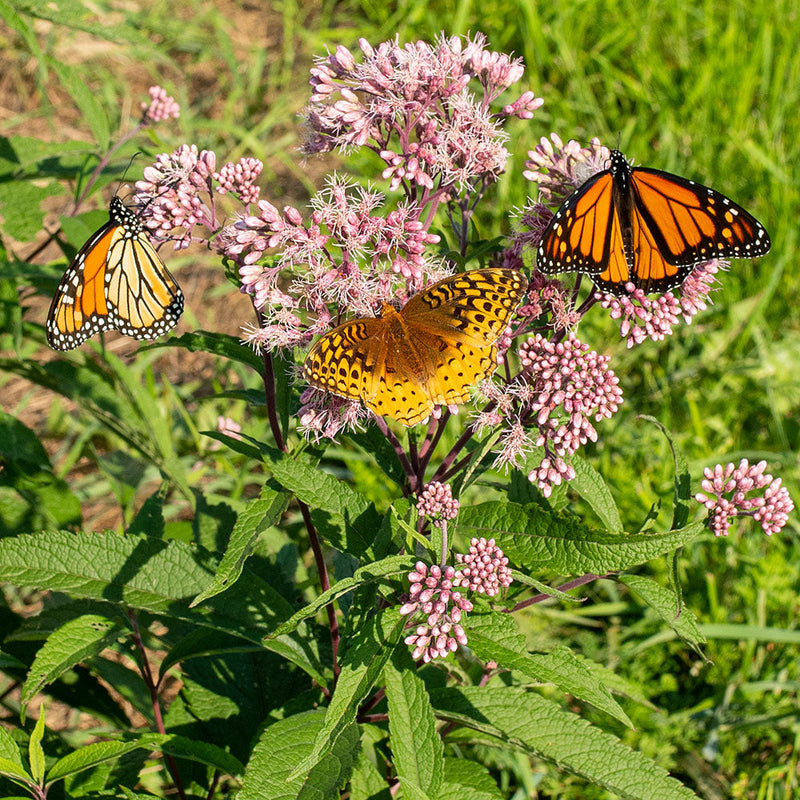SOWING INSTRUCTIONS
Depth:
1/16"; keep seeds cool and dry, such as in the refrigerator, until sowing. Germinate best when provided with light.
Starting Indoors:
Sow indoors in pots 8 weeks before plantingout. Keep at 35-40°F for 2-3 weeks, then 60-70°F. Alternatively,move trays outside for two to three weeks, then back insidefor germination. If no germination after 4 weeks, chill again.
Starting Outdoors:
Direct sow in fall or earliest spring, or winter sow into pots in the shade, covered with a thin layer of clean sand and a wire screen to keep out mice and voles. Check for moisture at regular intervals.
PLACEMENT & CULTIVATION
Angelica works its magic in back borders and tolerates shady areas, particularly in warmer climates. An impressive biennial with flower umbels in a starburst form that develop decorative seed heads adding architectural interest to fall and winter gardens. If desired, remove the flowering stalks right after bloom to encourage their return next spring; however, if left alone, they will self-sow in moist soils to bring years of enjoyment. A top beneficial insect-attracting plant that provides pollen and nectar for numerous helpful insects. Angelica sylvestris belongs to the carrot family and is shorter than other species
Watering Details:
About 1" per week, more during prolonged dry weather.
Soil pH:
Prefers slightly acidic to neutral but tolerates slightly alkaline soils.
Fertilizer:
Mix in 2-4" of compost prior to planting. Supplement with an organic granular or liquid feed once in late spring and again in late summer if desired.
Diseases & Pests:
Does not grow well in dry soils. No major pests or disease, but leafminers or aphids may appear. If slugs or snails attack, sprinkle some diatomaceous earth, crushed eggshells, or iron phosphate pellets on the soil around the plant.
When to Cut for Bouquets:
Cut for dry arrangements before seed heads age.





































